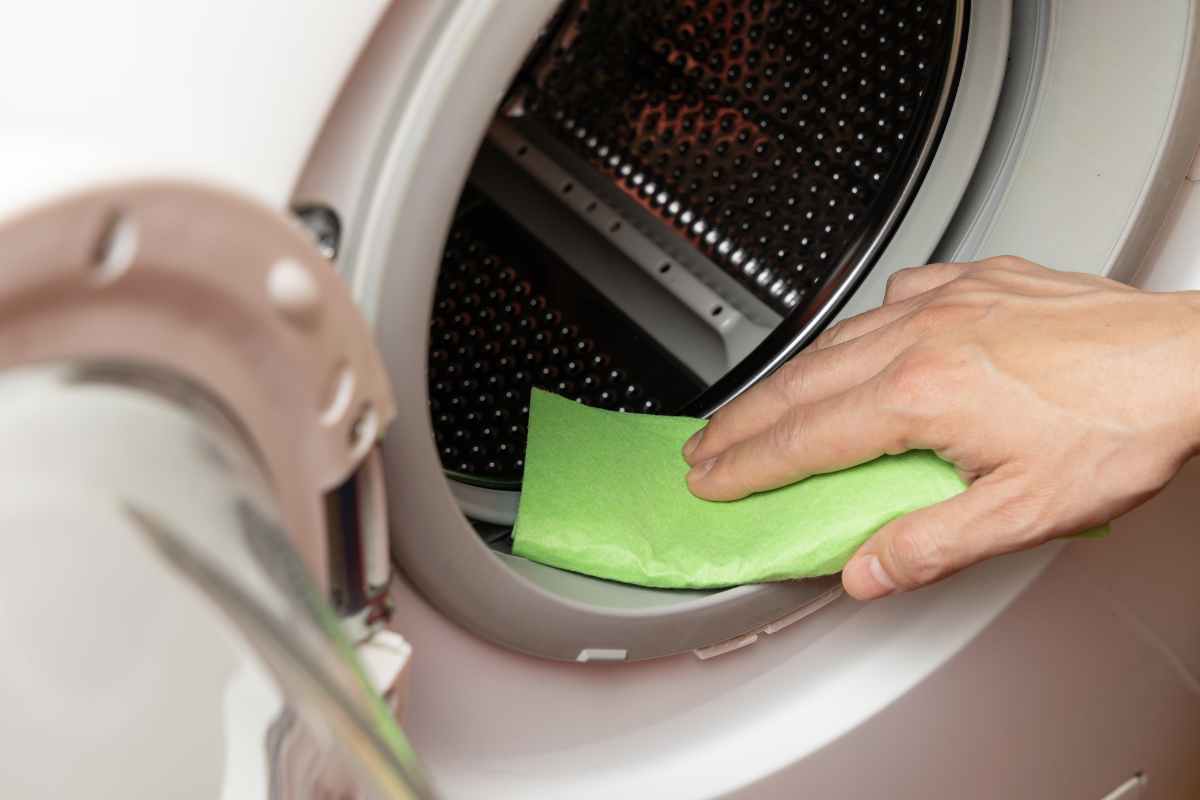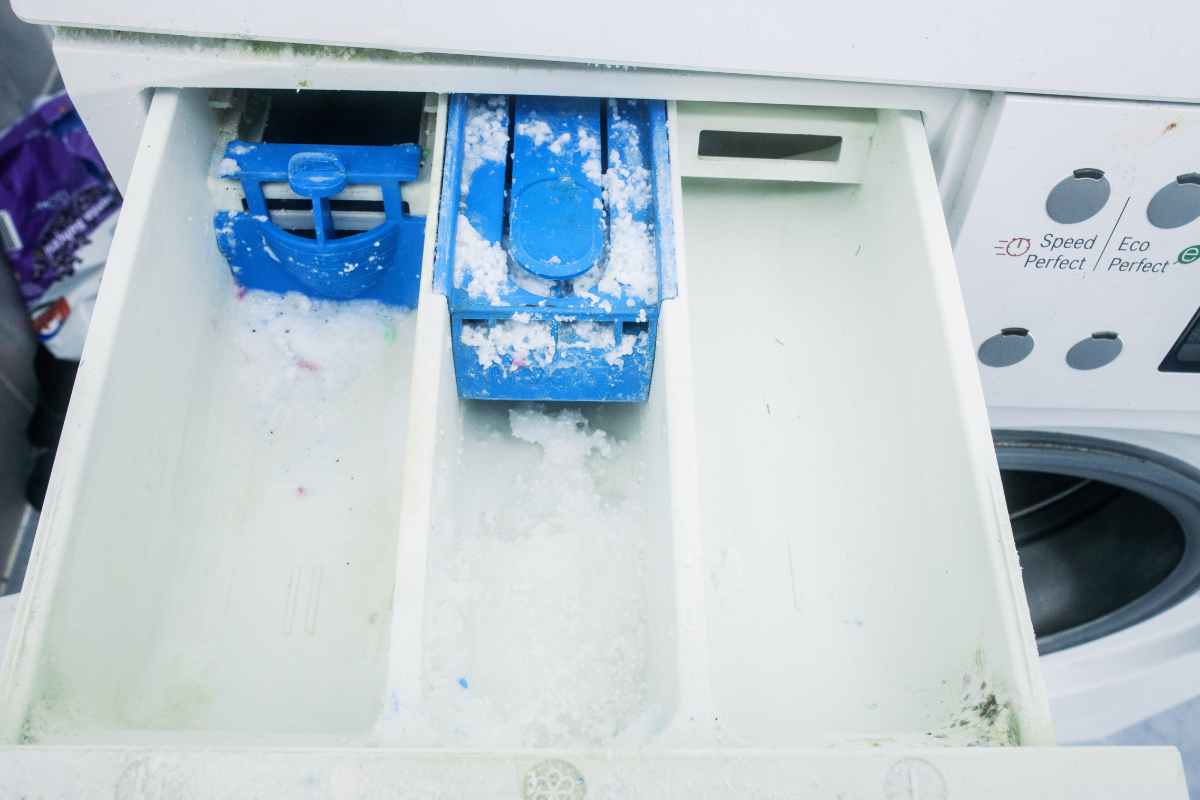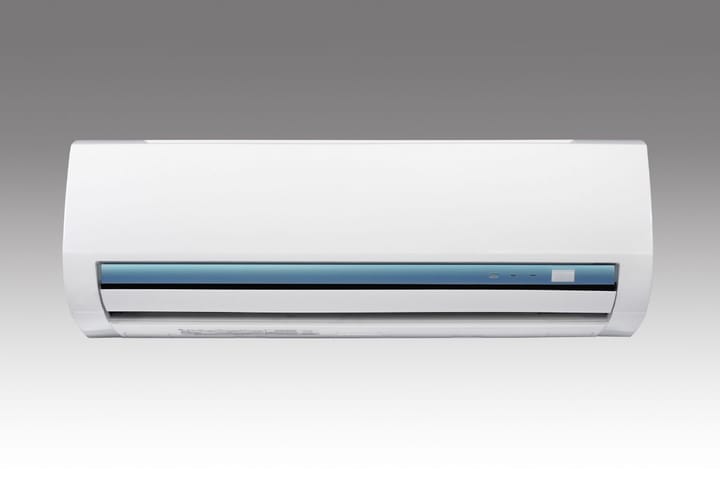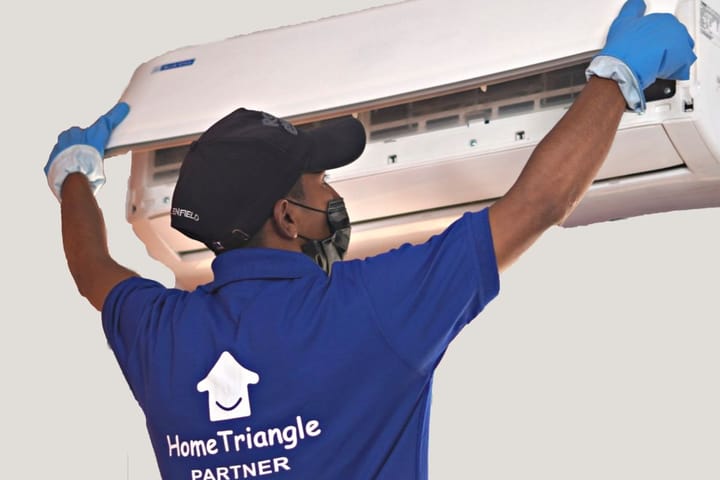How to Clean Your Washing Machine: A Step-by-Step Guide
Discover the simple steps to clean your washing machine, keeping it fresh and ensuring your clothes are thoroughly cleaned.

Did you know that according to a study by LG Electronics, neglecting to clean your washing machine can lead to a build-up of mold, mildew, and detergent residue? This not only creates unpleasant odors but can also impact the efficiency and lifespan of your appliance, and potentially even harm the health of your family.
Fortunately, cleaning your washing machine is a simple process that can be done regularly to prevent these issues. This guide will walk you through the steps involved in cleaning both top-loading and front-loading washing machines, using readily available household items.
Step-by-Step Guide to Cleaning Your Washing Machine
1. Monthly Deep Cleaning
Materials Needed:
- 2 cups of white vinegar
- 1/4 cup of baking soda
- 1/4 cup of water
- A sponge or microfiber cloth
Process:
- Mix the Baking Soda Solution: Combine the baking soda and water. This mixture will help dissolve dirt and grime inside the washing machine and neutralize odors.
- Run a Hot Water Cycle: Set your washing machine to its hottest temperature, at a high-load setting. Add the vinegar to the detergent dispenser and start the cycle. Vinegar is a natural disinfectant and will help remove any foul odors and bacteria. According to a study published in the Journal of Environmental Health, vinegar is 90% effective against mold and 99.9% effective against bacteria.
- Pause for Soaking: Once the machine has filled with water and swirled the vinegar around, pause the cycle for one hour. This allows the vinegar and water solution to soak thoroughly and break down any residues.
- Complete the Cycle and Wipe Down: After an hour, add the baking soda mixture and complete the cycle. Once done, open the machine and wipe the inside drum, rubber gaskets, and door with a damp microfiber cloth or sponge. This removes any remaining grime and vinegar smell.
Washing Machine Cleaning Process
2. Cleaning the Detergent Dispenser
Process:
- Remove and Soak: If possible, remove the detergent dispenser. Soak it in a solution of hot water and vinegar to break down detergent build-ups.
- Scrub and Rinse: After soaking, scrub the dispenser with a small brush or sponge to remove residue. Rinse thoroughly before replacing it in the machine.

3. Cleaning the Filter
Materials Needed:
- A small brush
- Hot soapy water
Process:
- Locate and Remove the Filter: Consult your washing machine's manual to locate the lint filter. It's typically found along the rim of the drum or near the bottom of the machine.
- Soak and Scrub: Soak the filter in hot, soapy water for 10 minutes. Use a small brush to scrub away lint and debris gently.
- Rinse and Replace: Rinse the filter under running water and replace it. This should be done every 2-3 months to prevent clogs and ensure efficient operation.

4. Exterior Cleaning
Materials Needed:
- Warm soapy water
- A microfiber cloth
Process:
- Wipe Down Externally: Using the microfiber cloth dampened with warm soapy water, wipe down the outside of the washing machine.
- Dry: Use another dry microfiber cloth to dry the surface and prevent streaks.
Additional Tips:
- Repeat this cleaning process every 1-2 months, or more frequently if you use your washing machine heavily.
- Wipe up any spills or messes immediately to prevent them from staining or building up.
- Leave the washing machine door slightly open after each use to allow moisture to evaporate and prevent mold growth.
By following these simple steps, you can keep your washing machine clean, fresh, and functioning effectively for years to come. Remember, a clean washing machine not only ensures your clothes are thoroughly cleaned but also helps protect the health of your family and extends the life of your appliance.
While regular cleaning with household products is effective for most washing machines, there are occasions when professional help might be necessary. If you encounter complex issues like:
- Persistent mold or mildew growth: This could require stronger cleaning solutions or specialized equipment not readily available at home.
- Drainage problems: Clogged drains can be tricky to tackle yourself, and a professional can quickly diagnose and address the issue.
- Leaking: Leaks can indicate a more serious problem requiring professional expertise to repair and prevent further damage.
- Unusual noises or vibrations: These could be signs of worn-out parts or mechanical problems best handled by a qualified technician.
In such cases, seeking assistance from a professional washing machine service provider is recommended. They have the expertise, tools, and experience to diagnose and solve complex issues, ensuring your washing machine is restored to optimal performance.




Comments ()